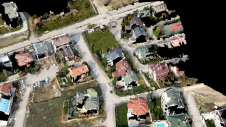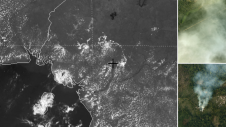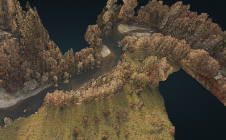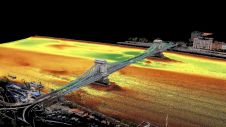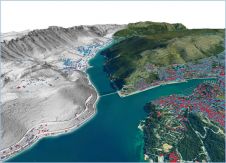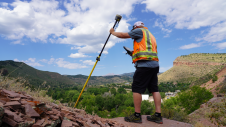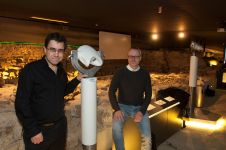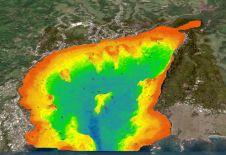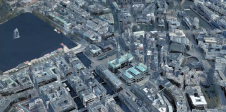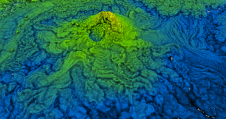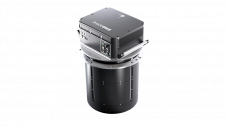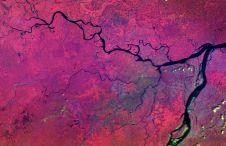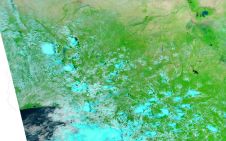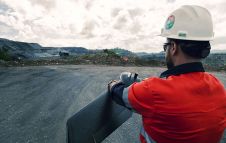Geodata for all is the Growing Reality
This year’s UK Esri conference attracted an astounding 2500 attendees, up by a thousand from 2014. As always, it was an incredibly busy day with far too many sessions to try to cover. I hope we’ve managed to convey a flavour of the event (begins page 26) through several significant projects including the Port of Rotterdam, Transport for London, the new Irish Water authority and Sellafield. In addition, it was a chance to see some clever apps under development and to pause to understand the impact that data collected from mobile phones is likely to have (see also Robin waters article on maps, smartphones and declining navigation skills).
捕获图像映射和GIS从来没有en easier or cheaper. There are several companies in the UK and Europe who will sell you the area you want, although it may not be as up to date as you would like. Tasking a UAV to help with the updating may be the solution but there are other technologies available as Tom Whittome of Caledonian Air Surveys explains in his article advocating medium format photography (see page 10). This has been an overlooked technology, positioned midway in cost between UAVs (quick, cheap but limited range and coverage) and high-resolution aerial survey (also quick but expensive and for some tasks may be overkill).
Big Data is set to provide GIS analysts with an exponential increase in available data. One source will come as anonymised mobile phone tracking, timing and location. But there are risks, argues Nicholas Regnaud, as the so-called neo-cartographers get to grips with mapping (page 18). Some will be tempted by open source software but they also need to understand how both scale and generalisation works. As you drill down so you want more data. National mapping agencies are beginning to recognise the growing demand for better background mapping that can be easily manipulated. The good news is that the traditional skills of the cartographer are likely to remain in demand.
In her regular column Adena Schutzberg comments (page 09) on the churn of names in our sector and the regular rebranding, following takeovers and mergers. This phenomenon is not unique to the US. We are already comfortable with 1Spatial, once LaserScan though neither titles conveys much relevance to me (LaserScan never did much laser scanning). I had rather forgotten that Nokkia had acquired NavTech until I ran into a new company at Esri’s 2015 UK conference. Snappy and simple, ‘here’ is now the name for what was once Navtech. All of this is harmless unless it’s done to mask and forget a failing company or one mired in dubious business practices as we have seen in other sectors.
Continuing our open source reporting, Suchith Anand of Geo4All explains the philosophy behind the global partnership Open Source Geospatial Laboratories (motto, ‘Geo for all’). It’s all about spreading geospatial knowledge (page 14). If you’re not already using open source software you’re probably missing out on major emerging series of technologies that can save time and money; and possibly release you from the clutches of the big software providers and their annual licence fees.
Two further articles in this issue which we are fortunate to bring to you is a report on the annual GeoPlace Exemplar Awards day, always a great opportunity to share and discover best practice in using address data. Finally, the Leicester University Geodata for all event (page 24) provided many of those ‘light bulb’ moments for attending local solicitors, marketers, estate agents and even tv programme makers as they began to realise the overarching significance of geospatial data in today’s economy.
This article was published in GIS Professional June 2015
Make your inbox more interesting.Add some geo.
Keep abreast of news, developments and technological advancement in the geomatics industry.
Sign up for free


